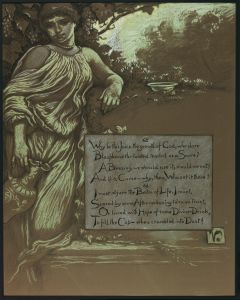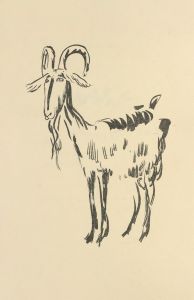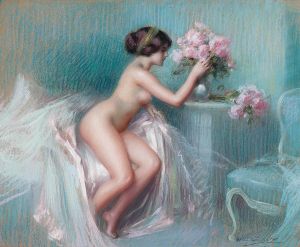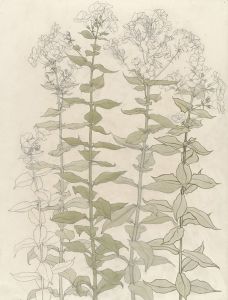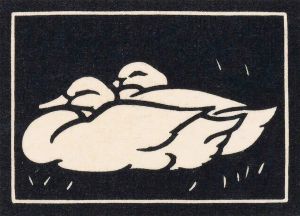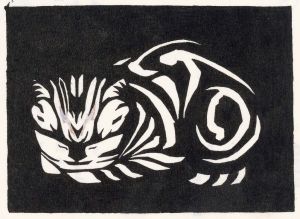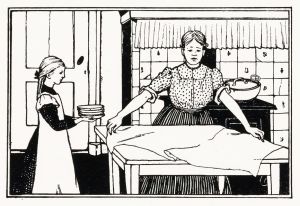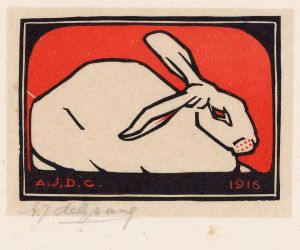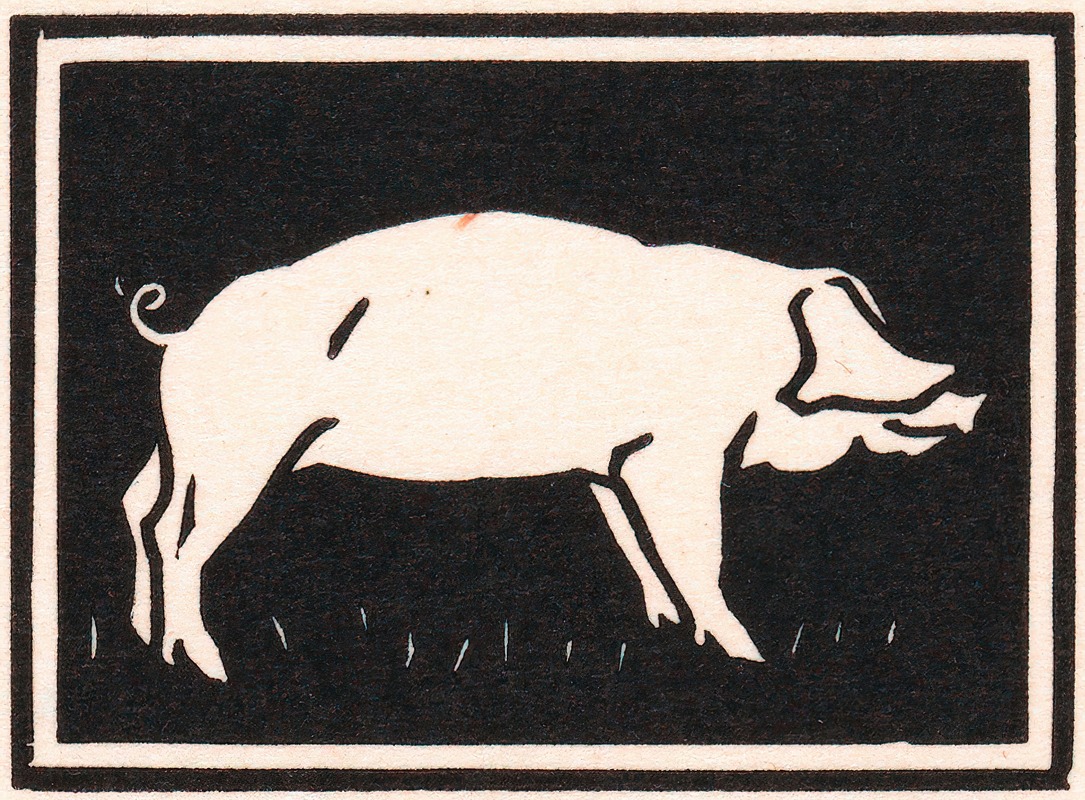
Varken
A hand-painted replica of Julie de Graag’s masterpiece Varken, meticulously crafted by professional artists to capture the true essence of the original. Each piece is created with museum-quality canvas and rare mineral pigments, carefully painted by experienced artists with delicate brushstrokes and rich, layered colors to perfectly recreate the texture of the original artwork. Unlike machine-printed reproductions, this hand-painted version brings the painting to life, infused with the artist’s emotions and skill in every stroke. Whether for personal collection or home decoration, it instantly elevates the artistic atmosphere of any space.
Julie de Graag was a Dutch artist known for her distinctive style and contribution to early 20th-century art. One of her notable works is "Varken," which translates to "Pig" in English. This piece exemplifies her unique approach to art, characterized by its simplicity and attention to detail.
Julie de Graag was born on March 18, 1877, in Gorinchem, Netherlands. She studied at the Royal Academy of Art in The Hague, where she developed her skills in drawing and printmaking. De Graag was particularly influenced by the Art Nouveau movement, which is evident in her work through the use of organic forms and flowing lines. Her art often depicted animals and nature, subjects that she rendered with precision and a keen eye for detail.
"Varken" is a woodcut print, a medium that de Graag frequently employed. Woodcut is a relief printing technique where an image is carved into the surface of a block of wood, with the raised areas representing the parts that will be inked and printed. This technique allows for bold contrasts and clear lines, both of which are hallmarks of de Graag's style.
The depiction of the pig in "Varken" is both realistic and stylized. De Graag's attention to the texture of the pig's skin and the subtle play of light and shadow showcases her technical skill. The composition is simple yet effective, focusing solely on the animal without any distracting background elements. This minimalist approach draws the viewer's attention directly to the subject, highlighting its form and character.
De Graag's choice of subject matter reflects her interest in the natural world and everyday life. During her career, she produced numerous works featuring animals, each rendered with a similar level of care and observation. Her art was not only a reflection of her surroundings but also an exploration of the beauty found in ordinary subjects.
Despite her talent, Julie de Graag's career was relatively short. She struggled with mental health issues throughout her life, which affected her ability to work consistently. She passed away on February 2, 1924, at the age of 46. Her body of work, though limited, remains a testament to her skill and artistic vision.
"Varken" and other works by Julie de Graag are appreciated for their clarity, elegance, and the artist's ability to capture the essence of her subjects. Today, her art is recognized for its contribution to Dutch printmaking and its reflection of early 20th-century artistic trends. Her works are held in various collections, where they continue to be studied and admired for their unique qualities and historical significance.





